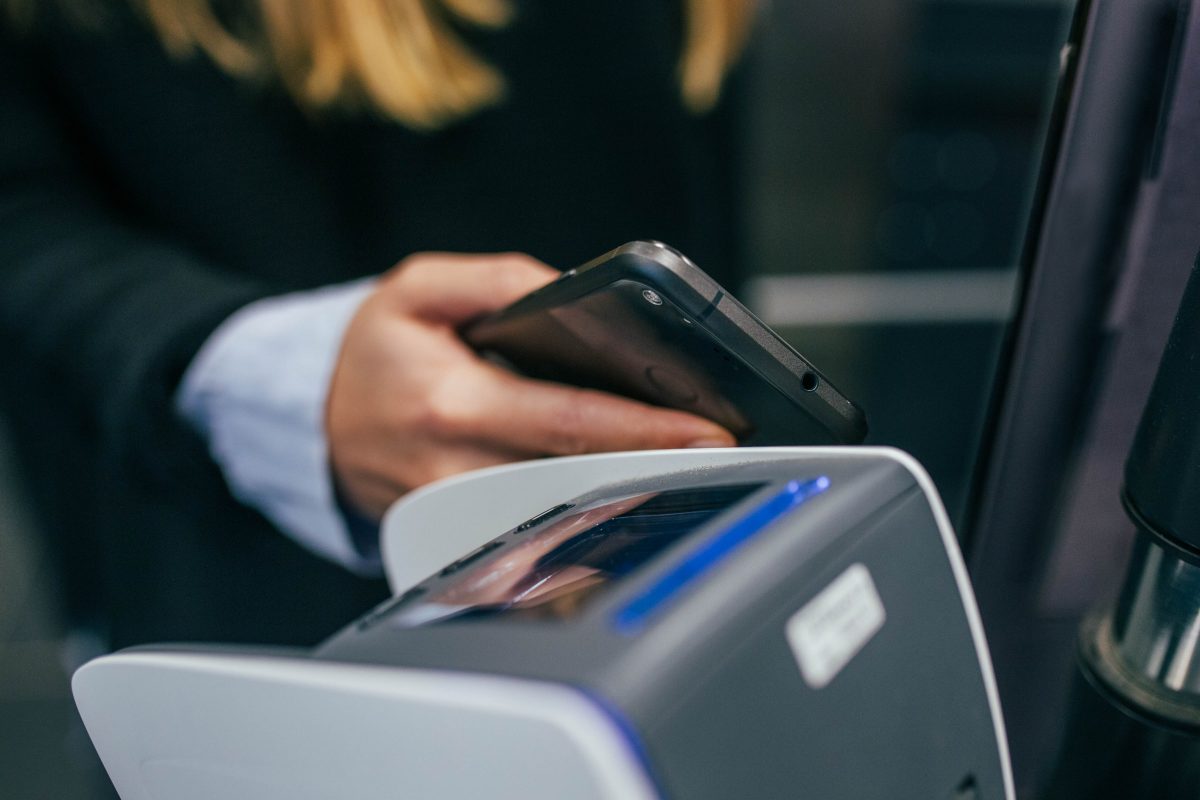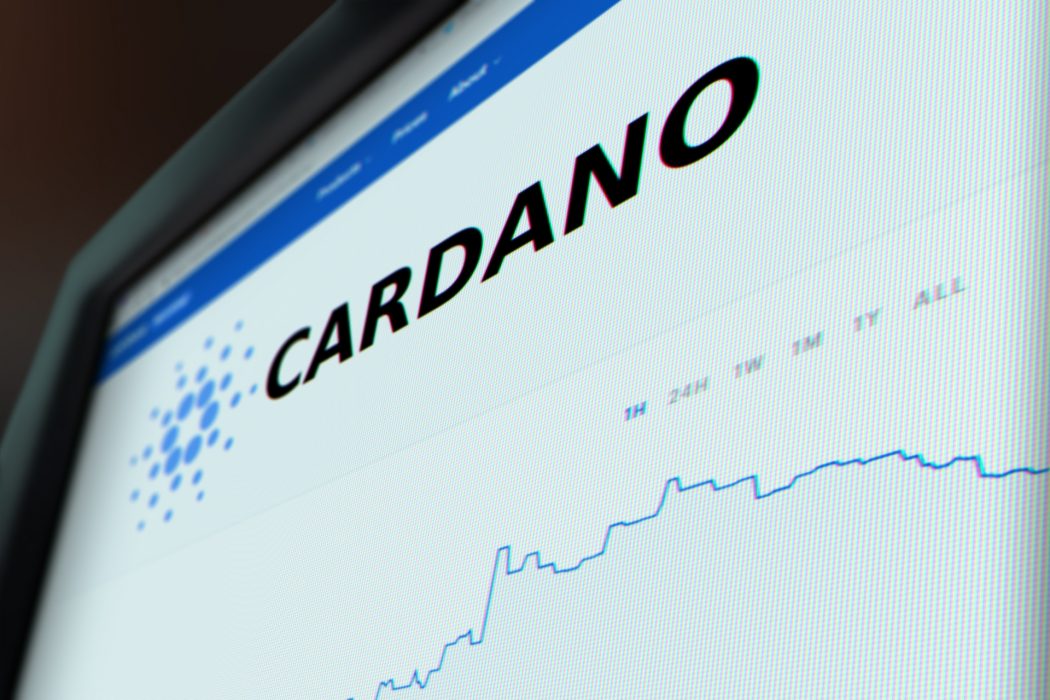Solar Exchange has been launched – a blockchain-powered program that will allow people who produce more energy from solar powers than they need to be paid for it in packs of Victoria Bitter.
Every $30 worth of extra power will get members of the Solar Exchange program a pack of VB delivered straight to their backyard, just in time for a good old barbie.
Only 500 Places For Now
According to Brian Phan – GM of Marketing at VB – there are only 500 spots available in the program for now. However, the Solar Exchange gig should be expanding in the near future.
Last year we put the Australian sun to work and started brewing VB with 100% offset solar energy. Now we’ve launched this Aussie-first program to thank those who have made the effort to go solar with some hard-earned VB. There are currently only 500 spots available. While we want to have more people exchanging solar credit for beer down the track, for now any beer lover who wants to participate should sign-up quickly […].
Brian Phan, General Manager of Marketing at Victoria Bitter
The Solar Exchange was created for VB by Power Ledger in cooperation with Diamond Energy. On the back end, VB will be receiving solar credits from Diamond Energy. They then plan to reinvest the funds back into the program, as a part of the company’s reportedly strong stance on environmental issues and renewable energy.
For now, the program is open to customers from SA, as well as Energex customers in VIC, NSW, and QLD. In order to participate, you must also be a residential householder.
Dr Jemma Green – Power Ledger’s co-founder and chairman – also commented on the program, mentioning the affinity many Aussies have for beer.
Power Ledger is delighted that our technology is being used to keep participants informed of their progress in the program. We are a global pioneer of peer-to-peer energy trading, and in a country that thrives on the beer economy, we are excited to be part of Australia’s first peer-to-beer energy exchange scheme.
Dr Jemma Green, Co-Founder and Chairman of Power Ledger
Cheers!












